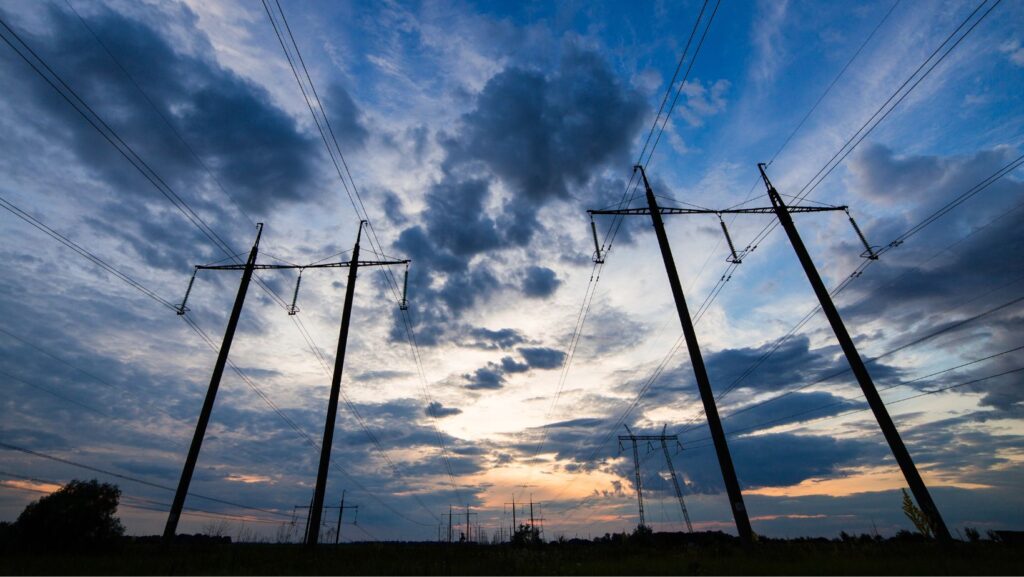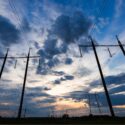
By Michelle Bloodworth
October 06, 2023
America is headed toward an energy crisis, self-inflicted by a series of poor policy decisions aimed at re-engineering the electric grid and how power is generated across the country. In recent years, a number of unelected and wealthy activists have pushed for decarbonizing the grid under unrealistic timelines without consideration for the cost. American taxpayers are already on the hook for President Biden’s goal of carbon-free electricity by 2035. The price tag includes the $369 billion Inflation Reduction Act to turbocharge renewable energy, as well as the unknown costs of Environmental Protection Agency (EPA) regulations that will force the closure of fossil-fueled electric power plants years before an orderly energy transition is possible.
Top-down government regulations that mandate generation shifting to less reliable wind and solar risk sacrificing grid reliability for a future of frequent power outages that, in time, will weaken economic stability. History has taught us that when the U.S. relies on foreign energy sources and builds our country on precarious supply chains, Americans suffer. These experts also ignore repeated warnings from the nation’s leading energy experts about a disconnect between dispatchable retirements, growing energy demand, and the slow addition of equally reliable resources. Coal, for example, has a capacity value, or measure of dependability, between 86% and 92% as compared to wind and solar, that rangesfrom just 2% to 45%. To paraphrase PJM President and CEO Manu Asthana, when you do the math, we are headed for some trouble.
Congress is now paying attention. Energy experts, PJM, and the North American Electric Reliability Corporation (NERC) among them, have testified about policy pressures including EPA regulations that are contributing to the premature retirement of dispatchable generation. As Commissioner Mark Christie from the Federal Energy Regulatory Commission (FERC) has advised, “The first rule of holes is if you’re in one, stop digging. If the fundamental problem we’re facing is we’re shutting down dispatchable resources far too prematurely, then the answer is to stop shutting down dispatchable resources far too prematurely.”
Good advice, but the EPA is digging deeper. The agency’s proposed Carbon Rule is a de facto ban on coal-fired generation because of an unreasonable 2030 deadline to install carbon capture and storage and other technologies that do not exist on a commercial scale. In joint comments, PJM, Midcontinent Independent System Operator, Southwest Power Pool, and the Electric Reliability Council of Texas cautioned, “… the Proposed Rule, when combined with other EPA rules and other policy actions, could well exacerbate the disturbing trend and growing risk wherein the pace of retirements of generation with attributes needed to ensure grid reliability is rapidly exceeding the commercialization of new resources capable of providing those reliability attributes.”
EPA Administrator Michael Regan has downplayed the rule’s potential impact, acknowledging only that “some” retirements are expected. However, the deadline and enormous cost of compliance make widespread closures inevitable. Utilities have previously announced plans to close over 40% of existing coal-fired capacity by 2030. The proposed rule will create uncertainty for those who have chosen to delay retirements, citing reliability and supply-chain issues. Grid operators offered that “hope is not a strategy,” but neither is hope a sound energy policy. The reliability impacts of all EPA regulations should be analyzed and mitigated before – and not after – regulations are finalized. Simply put, the agency needs to withdraw the rule and start over.
EPA is in a difficult position considering President Biden’s declaration to shut down coal plants “all across America.” But there is room for optimism. In addition to growing interest on Capitol Hill, FERC will hold a technical conference in November to discuss the reliability impacts of the Carbon Rule. Ultimately, policymakers should require that reliability analyses be conducted for all EPA regulations impacting the electricity sector. As NERC President Jim Robb testified, “… the electric grid is operating ever closer to the edge where more frequent and more serious disruptions are increasingly likely.” America’s electric grid is at a tipping point that deserves the full attention of federal authorities, grid operators, and state utility commissions.
Americans cannot afford the price tag if they get it wrong.
Michelle Bloodworth is President and CEO of America’s Power.
Link to Story: https://www.realclearenergy.org/articles/2023/10/06/a_precipitous_dash_to_a_grid_reliability_crisis_984481.html

